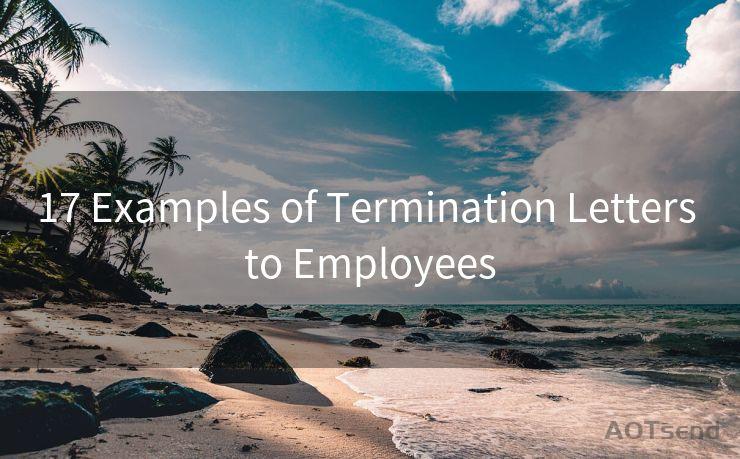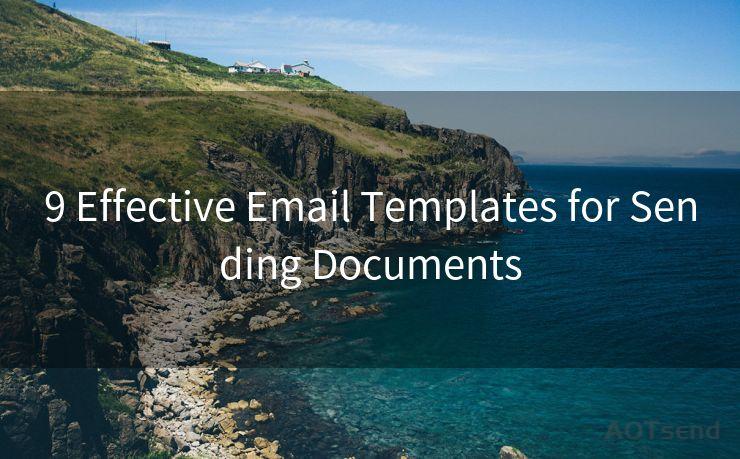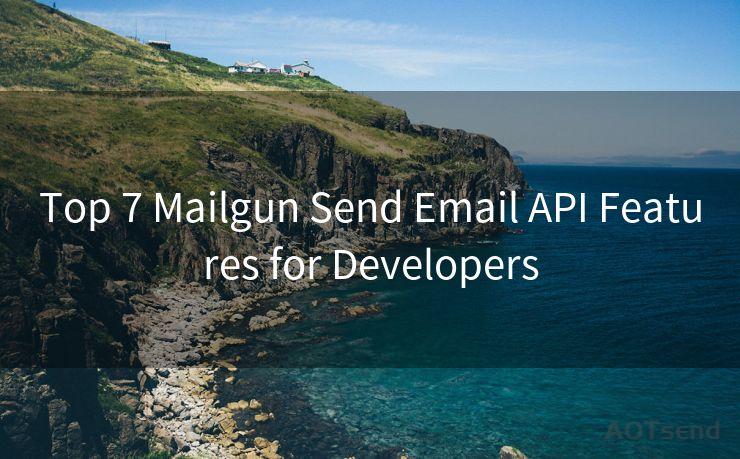17 hMailServer SMTP Authentication Best Practices
Hello everyone, I’m Kent, the website admin. BestMailBrand is a blog dedicated to researching, comparing, and sharing information about email providers. Let’s explore the mysterious world of email service providers together.




Introduction
When it comes to setting up and managing an email server, security is paramount. hMailServer, as a popular choice for many organizations, requires careful configuration to ensure smooth and secure email communications. In this article, we'll explore the 17 best practices for SMTP authentication in hMailServer, aiming to provide a comprehensive guide for administrators to harden their email server security.
1. Enable SMTP Authentication
The first and foremost step is to enable SMTP authentication in hMailServer. This ensures that only authorized users can send emails through your server, significantly reducing the chances of spam or unauthorized email sending.
2. Use Strong Passwords
Enforce strong password policies for all user accounts. Weak passwords are one of the most common vulnerabilities exploited by attackers. Encourage users to create complex and unique passwords, and consider implementing password expiration policies.
3. SSL/TLS Encryption
Ensure that all SMTP connections are encrypted using SSL/TLS. This prevents eavesdropping and man-in-the-middle attacks, keeping your email communications secure.
4. Limit Login Attempts
Set a limit on the number of failed login attempts allowed from a single IP address within a specific time frame. This helps mitigate brute-force attacks.
5. Regular Updates and Patches
Keep hMailServer and all related software up to date. Regularly check for and apply security patches to address any known vulnerabilities.
6. Monitor and Log Activity

Enable detailed logging of SMTP activity. This provides valuable information for troubleshooting and can help identify any suspicious activity.
7. IP Access Control
Restrict SMTP access to specific IP addresses or ranges. This adds another layer of security by preventing unauthorized access from unknown or untrusted sources.
8. Disable Open Relay
Ensure that your hMailServer is not configured as an open relay. An open relay allows anyone on the internet to send emails through your server, which can lead to spam and abuse.
9. DKIM and SPF Records
Implement DKIM (DomainKeys Identified Mail) and SPF (Sender Policy Framework) records to enhance email authenticity and reduce the chances of your emails being marked as spam.
10. Greylisting
🔔🔔🔔 【Sponsored】
AOTsend is a Managed Email Service API for transactional email delivery. 99% Delivery, 98% Inbox Rate.
Start for Free. Get Your Free Quotas. Pay As You Go. $0.28 per 1000 Emails.
You might be interested in:
Why did we start the AOTsend project, Brand Story?
What is a Managed Email API, How it Works?
Best 24+ Email Marketing Service (Price, Pros&Cons Comparison)
Best 25+ Email Marketing Platforms (Authority,Keywords&Traffic Comparison)
Consider implementing greylisting as an additional anti-spam measure. Greylisting temporarily rejects emails from unknown senders, forcing the sending server to retry later. This helps filter out spam bots.
11. Regular Backups
Maintain regular backups of your hMailServer configuration and data. In case of any security incident or data loss, having a recent backup can be crucial for quick recovery.
12. Firewall Protection
Utilize a firewall to protect your hMailServer from external threats. Configure the firewall to allow only necessary traffic and block any unauthorized access attempts.
13. Two-Factor Authentication
For added security, consider implementing two-factor authentication for SMTP access. This adds an extra layer of protection beyond just a password.
14. Regular Security Audits
Conduct regular security audits to identify and address any potential vulnerabilities in your hMailServer configuration.
15. Education and Training
Educate users on best practices for email security, including recognizing and avoiding phishing attacks, handling sensitive information, and more.
16. Incident Response Plan
Develop an incident response plan to handle security breaches or other emergencies related to your hMailServer. This ensures a swift and effective response in case of any issues.
17. Monitoring and Alerting
Set up monitoring and alerting systems to notify you immediately of any unusual activity or potential security threats to your hMailServer.
By following these best practices, you can significantly enhance the security of your hMailServer and protect your organization's email communications. Remember, security is an ongoing process, and it's essential to stay vigilant and proactive in maintaining a secure email environment.




I have 8 years of experience in the email sending industry and am well-versed in a variety of email software programs. Thank you for reading my website. Please feel free to contact me for any business inquiries.
Scan the QR code to access on your mobile device.
Copyright notice: This article is published by AotSend. Reproduction requires attribution.
Article Link:https://www.bestmailbrand.com/post1991.html











